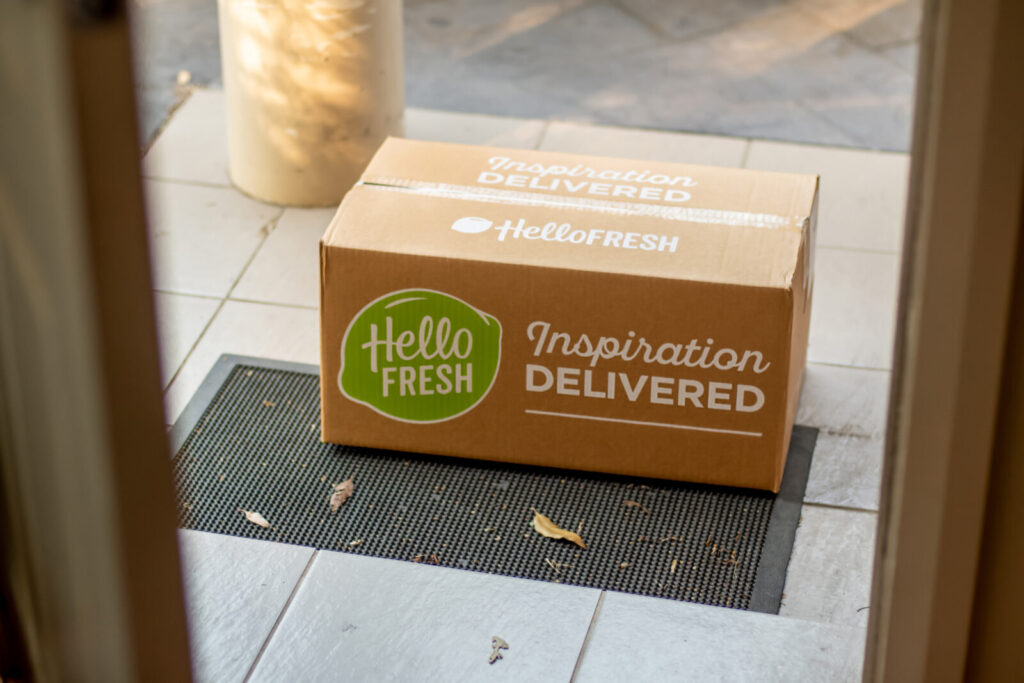Brief • 2 min Read

The path to true brand evolution requires listening intently to consumer’s feedback – your direct consumer and the wider market.
What is a Brand Evolution?
Brand evolution is the ongoing process of shaping a brand around changing consumer and market behaviors based on feedback. This process naturally happens little by little, but even the smallest changes can lead to an impact on your audience and sales.
When you think of where your brand started to where it is now, what are some of the major changes that happened along the way that have led to its success? Did those changes happen all at once, or did they occur gradually over time until, suddenly, your business started operating differently?
If it’s the latter, your business went through a brand evolution.
How Does Rebranding Differ From Brand Evolution?
When you think of a brand changing, it’s likely rebranding comes to mind. A rebrand is a significant, decisive change in the way a business presents itself to the public, and it typically happens all at once. It’s a project with a beginning and an end. This is quite different from brand evolution.
Brand evolution is a much more gradual process that starts with changing one small aspect and eventually works its way into a full-blown change. Rebranding is meant to symbolize a notable change whereas evolution is inclusive of, and shows appreciation for, cultural and/or important industry shifts.
What Do These Two Initiatives Have in Common?
Even though rebranding and brand evolution are fundamentally different, they do have similarities that need to be considered. For example, both initiatives should focus on a company’s values. Long-term changes in any format should be tied back to these because they are the core of your business, and should therefore never change no matter where a company is headed. Think of your values as a safety net that protects your business from negative consequences.
Additionally, each initiative has a big impact, both positive or negative, on businesses. If they are well thought out, they can result in differentiation, clear messaging, and increased engagement. On the other hand, they can result in a loss of brand equity if not properly implemented. To avoid any negative implications, it’s important to make sure that any change you make to your business is intentional and can be tied directly back to its values.
Why Is Brand Evolution Important?
A brand evolution allows an organization to keep up with its consumers by meeting them where they are, while also surpassing its competitors by actively listening to its audience. This act shows them that the brand understands their wants and needs, which is critical to both sales and overall perception. Keeping your customers happy is one of the most important things your business can do, so making changes that will directly reflect what your customers are asking for will go a long way with them.
How To Successfully Evolve Your Brand
When it comes to pursuing a brand evolution strategy, there has to be clear reasoning behind it. Understanding consumer sentiments is one of the easiest ways to stay up to date in an ever-changing environment. It lets organizations plan ahead proactively, or act reactively, if the need arises. Either way, there is data to guide the company in its next steps. In addition, if the next step seems to be rebranding, businesses can closely watch how that initiative would perform among consumers.
From Dunkin’ Donuts To Dunkin’
One of the best examples of a company following through with a brand evolution is Dunkin’. For years, Dunkin’ slowly shifted its focus from donuts to coffee as the needs and wants of the American consumer changed over time. It realized the importance of market differentiation from other large coffee chains (like Starbucks) by offering simplified drinks at a more accessible price. It continued to maintain the heart of the brand (the Dunkin’) as it continued to sell the donuts that people knew so well and loved so much.
When Dunkin’s rebrand came along in 2018, it modernized the company at exactly the right time for a new generation. In recent years, the brand has come to be beloved by a younger customer base. It is not unusual to see a Youtuber or Instagram influencer flaunting a Dunkin’ cup — not for a commission but because it’s fashionable. And these are just a few of the ways Dunkin’ has used evolution and rebranding to reach its current level of success.
How Your Business Can Use Consumer Sentiment to Begin a Brand Evolution
The only way to evolve your brand is to listen to your audience’s feedback, and the best way to do that is to track consumer sentiment with QuestBrand. Gleaning consumer sentiment has never been easier — you can now easily track and report on what your actual customers (and the general consumer) are saying about your brand all in real-time. You can measure these sentiments through a number of different touchpoints, helping to take the guesswork out of how (and where) you’re speaking to your customer base. This helps the marketing, insights, brand, and communications teams to spend a lot more time thinking through their next strategic marketing move and less time deciphering messages.
We’re excited to share more about QuestBrand by scheduling a time for a demo of how we help you navigate your consumer insights.
Subscribe for more Insights
Subscribe to our newsletter for the latest trends in business, politics, culture, and more.
Related Content









